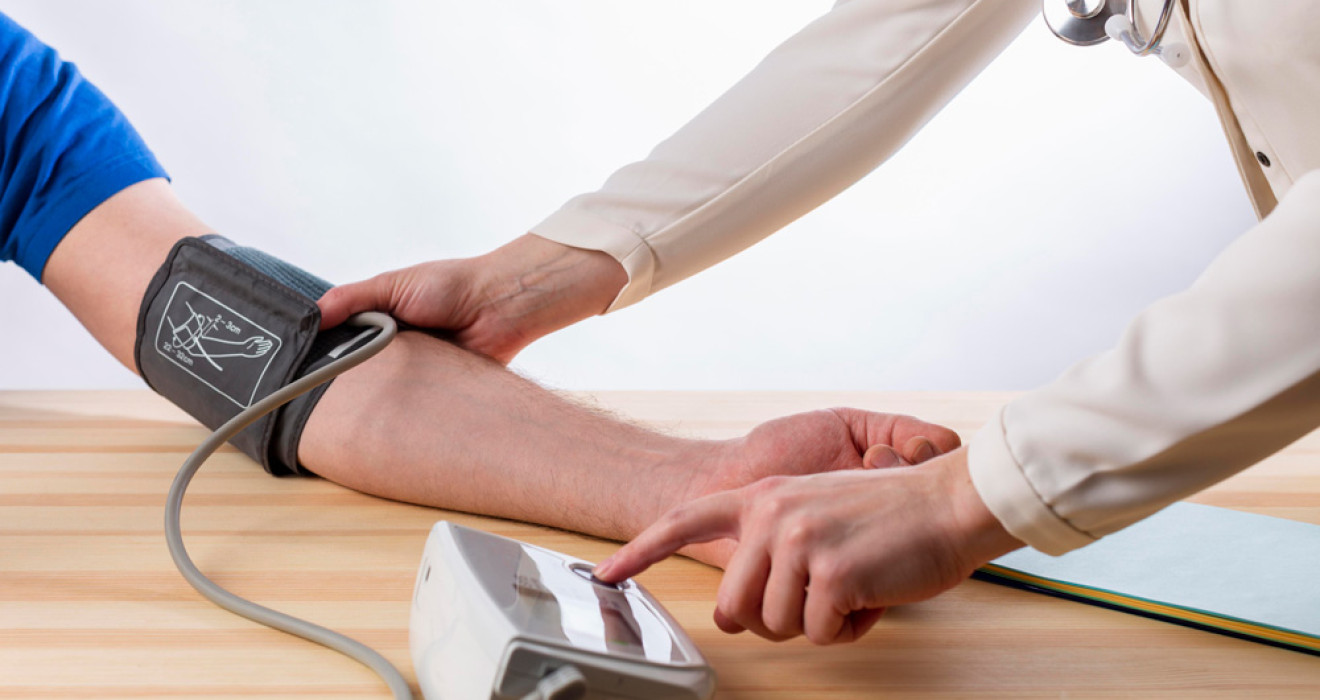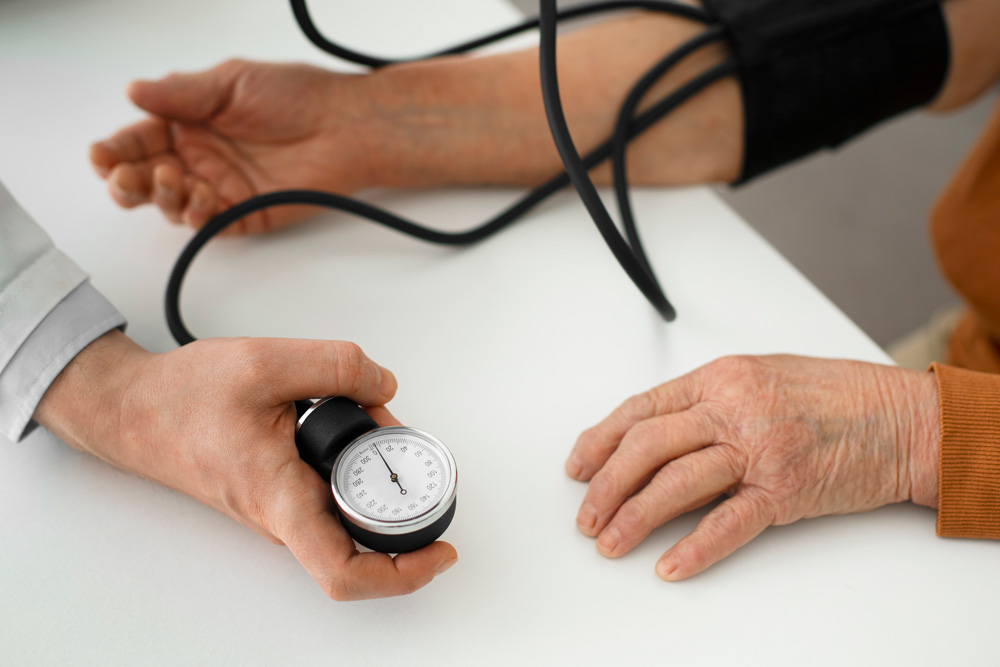
Ortostatic Hypotension: Definition, Causes, and Treatment
Ortostatic hypotension is a medical condition characterized by an abnormal drop in blood pressure when a person stands up. It is often accompanied by dizziness, lightheadedness, and a feeling of fainting. This condition occurs due to a sudden decrease in blood pressure, and it is commonly observed in elderly adults and individuals with certain medical conditions.
What is Ortostatic Hypotension?
It refers to a drop in blood pressure when you stand up or undergo a change in position. Normally, the body rapidly responds to such changes in position to maintain a stable blood pressure. However, in the case of ortostatic hypotension, this response does not function properly, leading to the individual experiencing the effects of low blood pressure.
What Are The Causes?
Ortostatic hypotension can arise from various factors. Some common causes include:
- Aging: Blood vessels tend to become less elastic with age, which can result in decreased blood pressure.
- Dehydration: Inadequate fluid intake or excessive fluid loss can reduce blood volume, contributing to it.
- Medications: Certain medications may lower blood pressure, increasing the risk of it.
- Diabetes: Diabetes can impact the nervous system, which plays a role in regulating blood pressure, potentially raising the risk of ortostatic hypotension.
- Heart Issues: Conditions such as heart failure or other cardiac problems can hinder effective blood pumping, leading to it.
- Systemic Diseases: Systemic diseases like Parkinson's or multiple sclerosis, affecting the nervous system, can elevate the risk of it.
What Are The Symptoms?
Symptoms of ortostatic hypotension can vary from person to person. Commonly observed signs include:
- Dizziness: Feeling dizzy when standing up or changing positions.
- Blurred Vision: Experiencing vision darkening or blurriness.
- Lightheadedness: Feeling lightheaded or a sensation of lightness.
- Fainting: Fainting in more severe cases.
What Are The Treatment?
The treatment of ortostatic hypotension depends on the underlying causes. Treatment options include:
- Increased Fluid Intake: If dehydration is contributing to it, increasing fluid intake is crucial.
- Medication Adjustments: If medications are causing or exacerbating it, adjusting or changing the medications may be necessary.
- Leg Movements in Bed: Performing simple physical activities, like swinging your legs in bed before standing up, can help balance blood pressure.
- High-Waisted Movements: Regularly using leg muscles can prevent blood pooling in the legs.
- High-Salt Diet: Under the guidance of a doctor, a diet rich in salt may help raise blood pressure.
Recommendations for Ortostatic Hypotension:
To manage ortostatic hypotension, consider the following recommendations:
- Hydration: Ensure adequate water intake, especially in hot weather or during exercise.
- Salt Consumption: If your doctor hasn't restricted your salt intake, increasing salt consumption may alleviate ortostatic hypotension symptoms.
- Regular Exercise: Engaging in light exercise regularly can increase blood circulation, potentially reducing the risk of ortostatic hypotension. However, avoid excessive exercise, as it may worsen symptoms.
- Balance and Coordination Exercises: Exercises that enhance balance and coordination can help your body adapt better to changes in position.
- Medication Revisions: If you are taking medications that may contribute to it, discuss potential adjustments with your doctor.
- Ankle Movements: Regularly moving your ankles can assist blood return to your legs, helping to balance your blood pressure.
Blood Pressure Monitoring: Keep track of your blood pressure regularly. If you notice any changes or worsening symptoms, consult your doctor promptly.


